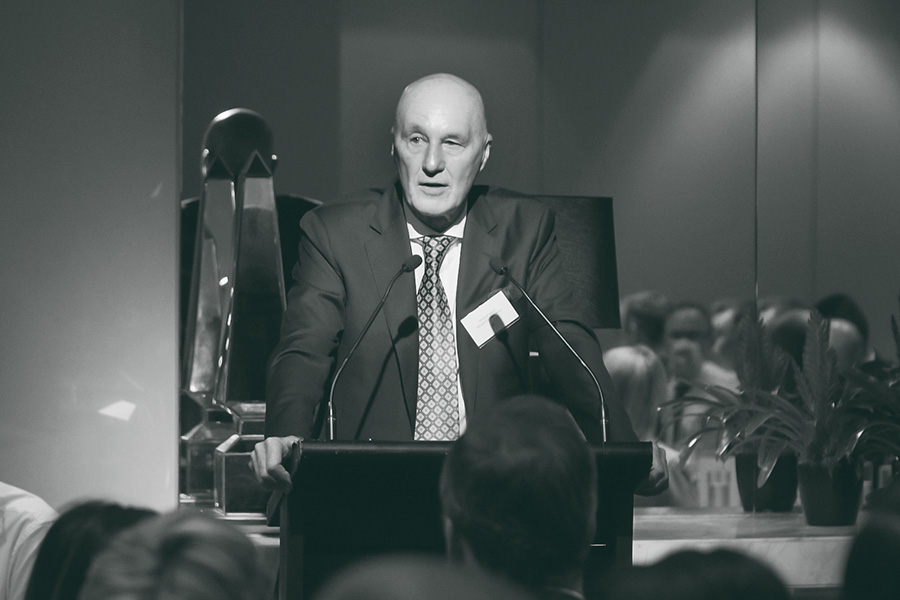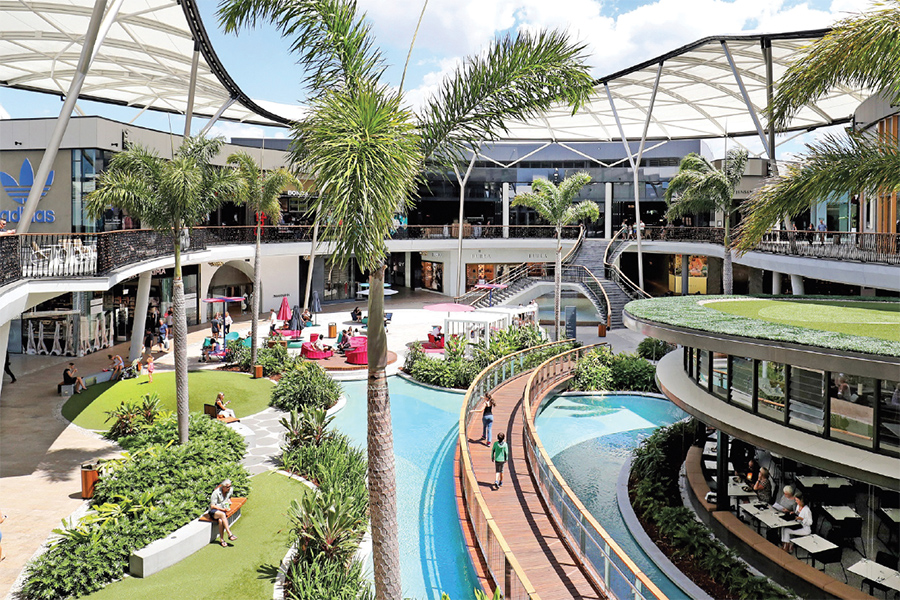The fact that retail sales across Australia were ‘flat’ is a statistic. As a statistic, it’s undoubtedly true, but the reality is that retail sales were anything but flat. They were traversing along lines forming deep troughs and high peaks; flat didn’t come into it.
A statistician is someone who maintains that, if your head is encased in a block of ice and your feet are submerged in a bucket of boiling water, you ought to be feeling reasonably comfortable! With statistics, one has to be very wary.
At the moment, the retail industry is anything but ‘flat’. Some retailers are hanging on by their fingernails and about to close shop, others are having the best time ever, and there are tens of thousands somewhere in between the two extremes.
If you don’t treat statistics with caution, you can make some questionable decisions. Take the successes for example. You get scared by ‘flat retail’ so look for a retail mix that contains the high flyers – the new international brands. They didn’t get to be high flyers just by designing clothes. They know how to manufacture, how to distribute, how to price, how to market, how to display. They also know how to negotiate rents! If they see any desperation in your approach, due to a fear of ‘flat retail sales’, you’re going to experience a very one-sided agreement.
Some deals that have been signed off in the last couple of years – with the big international players – haven’t been good for the owners. There are all forms of justification: “they bring others into the centre”, “they increase traffic”, “they provide a point of difference”, “they complete the mix”, etc. All might be true but it’s spurious reasoning. Our business is to get high rents, maximum rents and if, as a leasing person, you blink first, you’re going to get done.
Truth is that in the last couple of years or so, some deals with these new international fashion houses have been terrible and, worse even, some of them are longterm. As an owner or manager of a centre (or both), you can do a lot for a retailer, but you’ve got to know your stuff, you’ve got to back your judgement and you’ve got to be rewarded. For a start, you can take the risk.
A new international retailer comes on the scene and is looking for outlets. They are nervous as they’ve not traded ‘down under’ before. They are risk averse and the new Regional Manager is cautious; he has to be successful. Your opening offer is $2,500/m2 per annum on 300m2; they counter with $1,000; where does it go from here? They want a 5-year lease with two 5-year options.
The commercial possibilities are endless. Give them $1,000 without argument provided you get 12% of their gross take – whichever is the greater. For the third year, the minimum base becomes the average of that actually paid in the first two, so after two years you’ve got a nice valuation.
If they’re really risk averse and that is their main consideration, why not give them no minimum, but you want 15% of the take? Base or minimum rent in the fourth year is the average of that paid in the first three.
You could fill volumes with variations on deals, but the underlying feature would always be that if they do well, you do well, and if they don’t, there is a mechanism for ending the deal prematurely.
Throw this kind of stuff on the table and one gets told that, although that used to be the case, it’s more difficult these days because the Funds Managers need this and that, and their requirements are inflexible due to a variety of constraints, etc. Not true.
If that’s the case now, it’s going to change. If that sort of thinking continues to produce the kind of deals some of these international labels have been handed on a plate, there’s going to be a time when the owners say enough is enough.
It’s getting tough out there but there are opportunities. There is a need for greater innovation in our leasing strategies. Things will change; they always do, and those at the forefront stand to make the most.




















